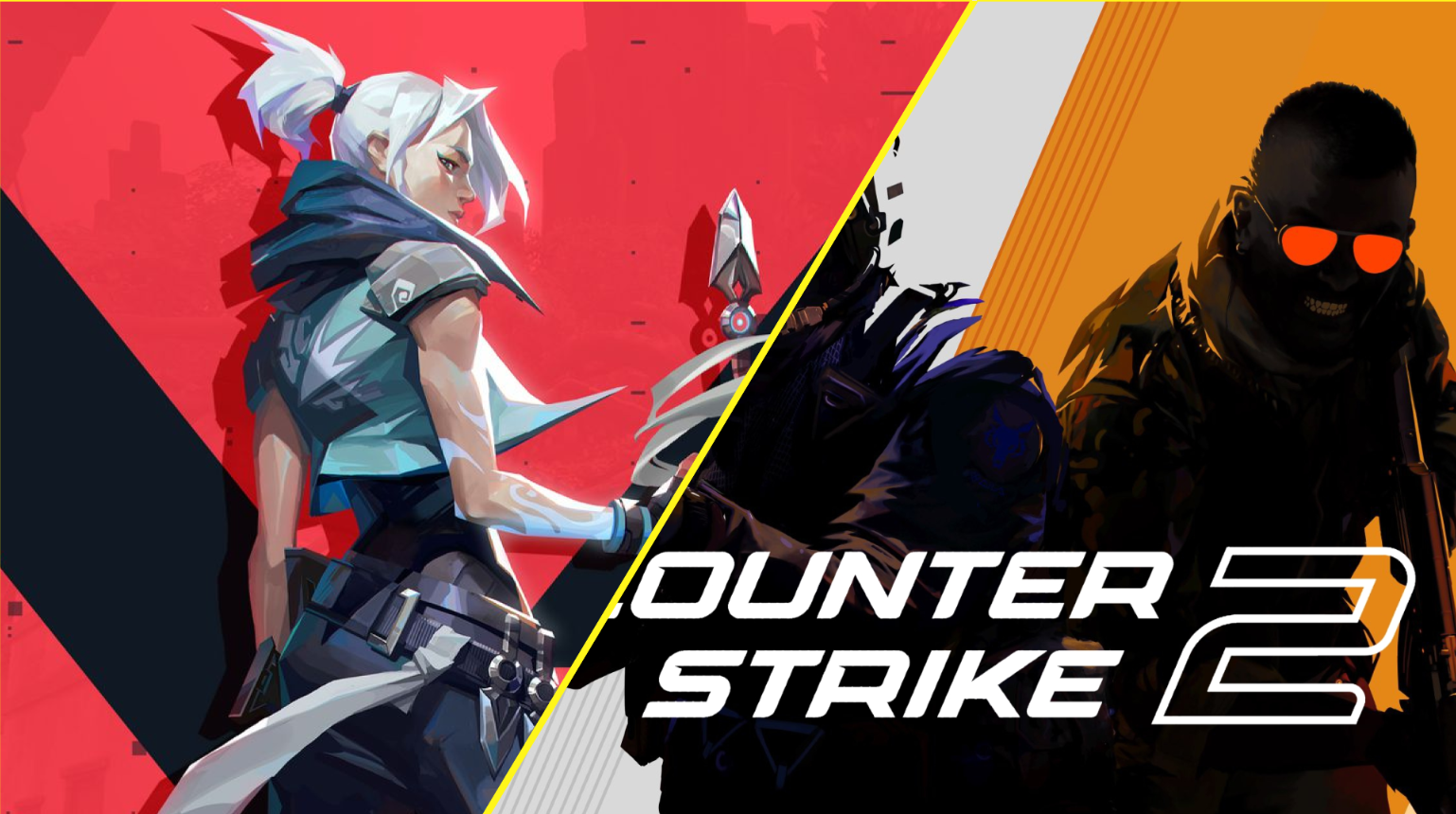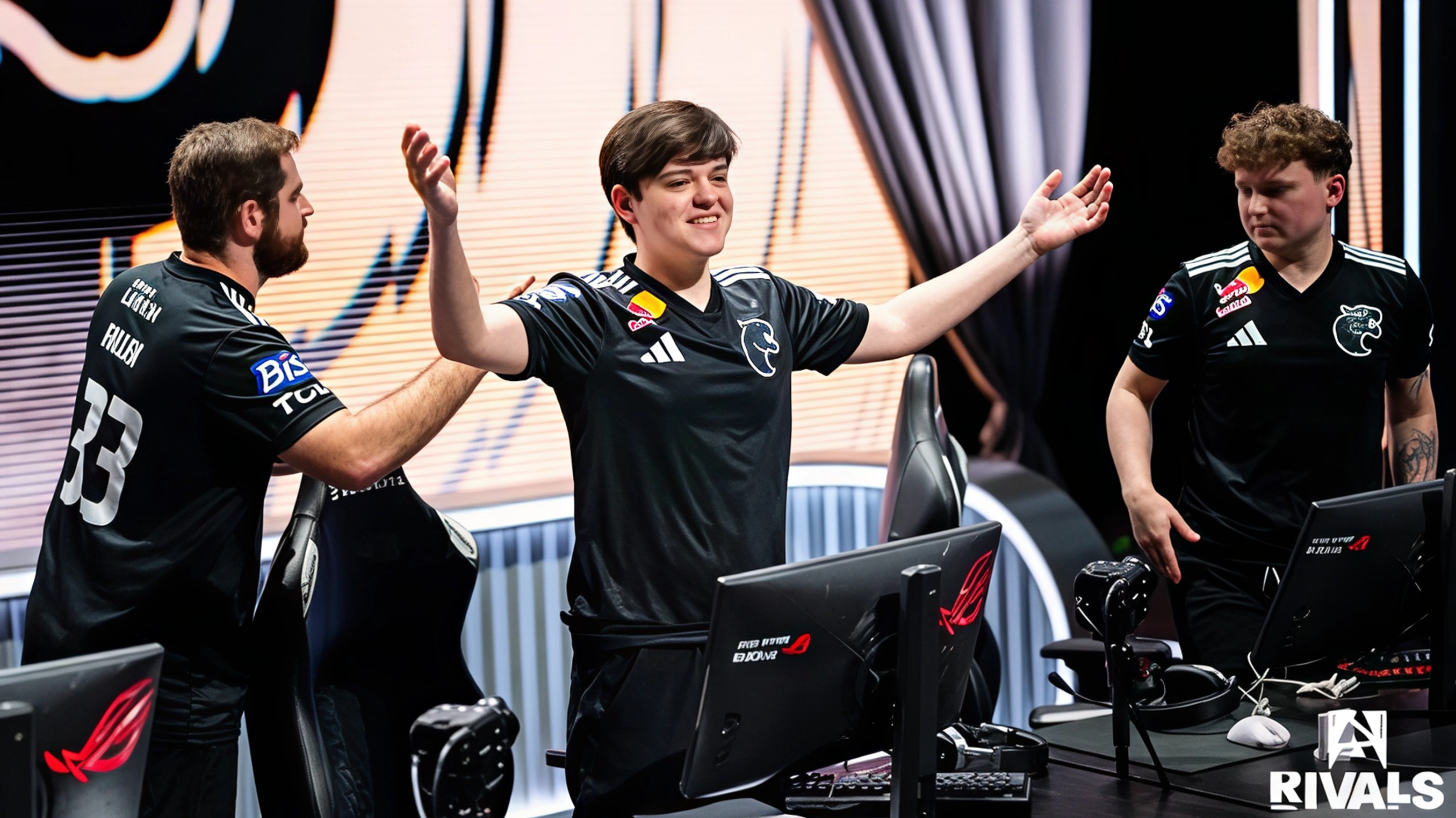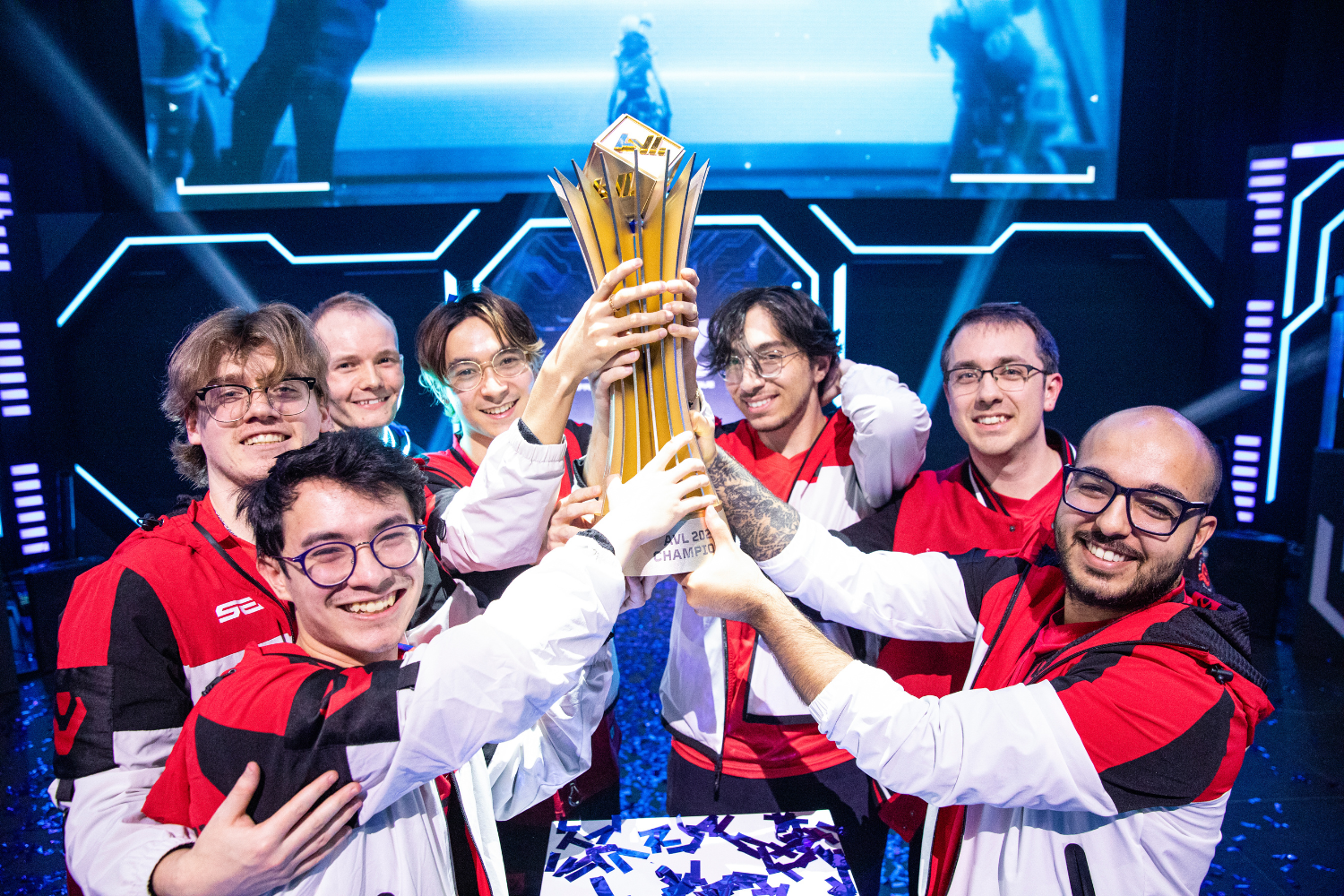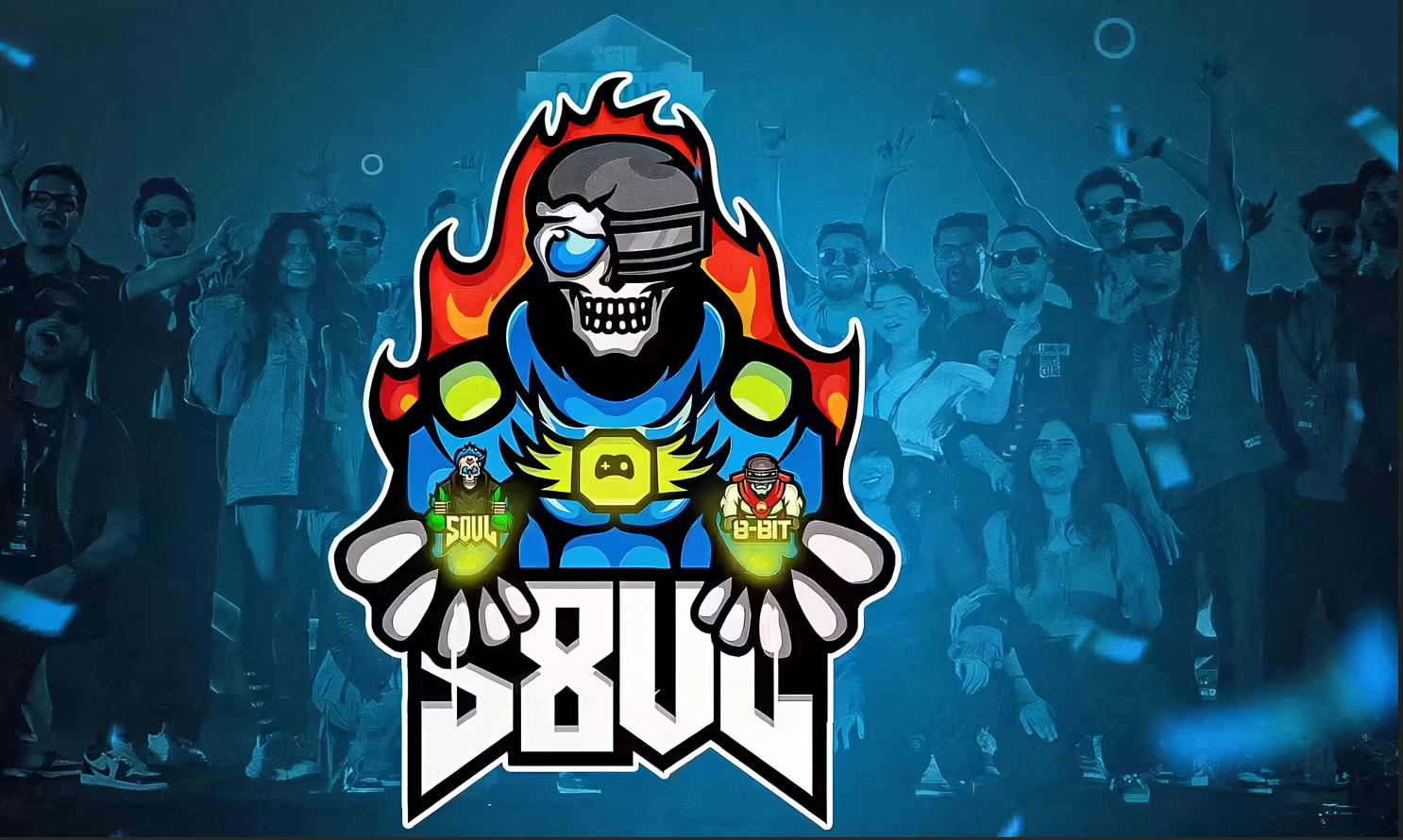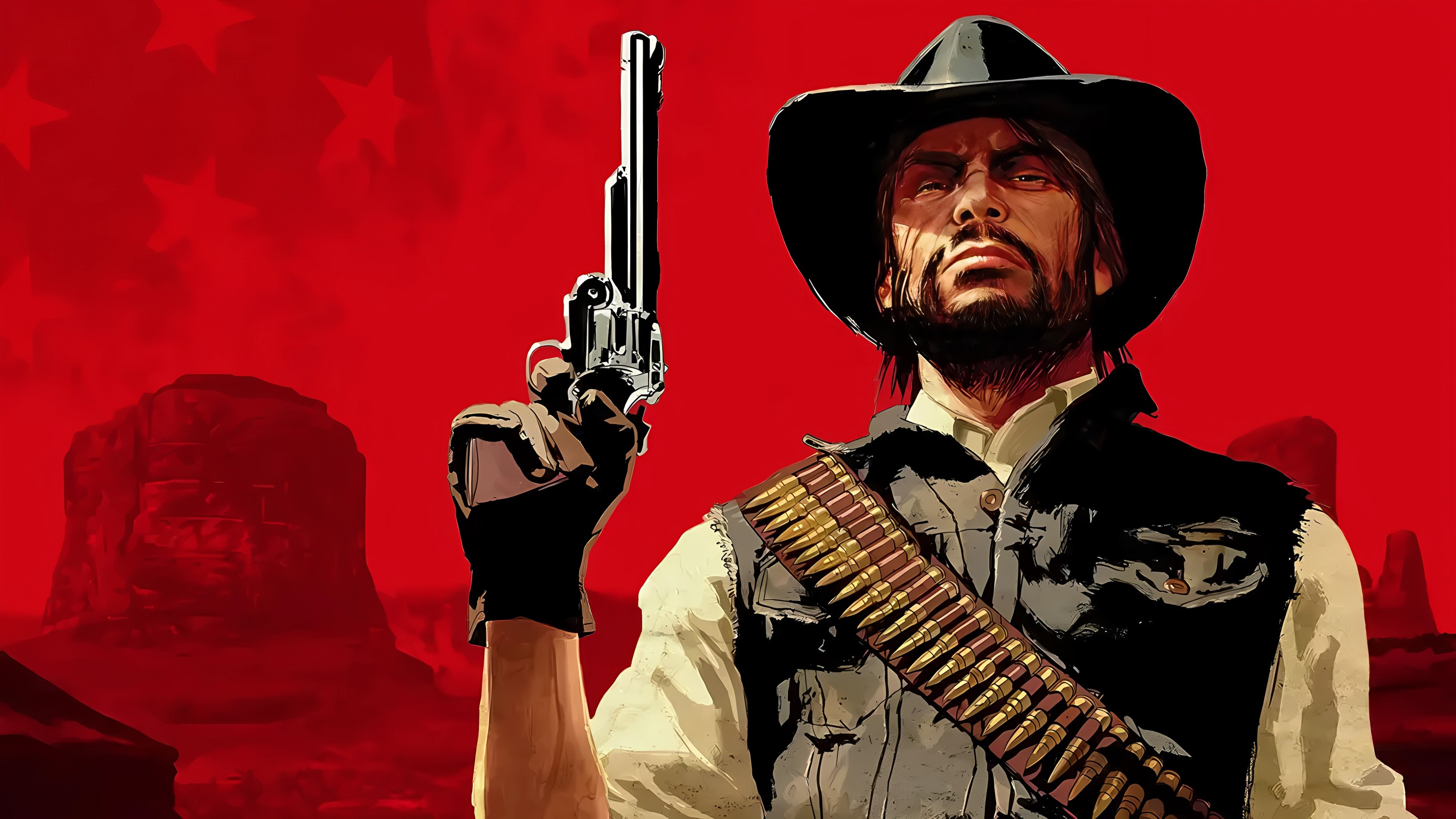Two games. One weekend. And a global fanbase holding its breath. In June 2025, the esports world witnessed a rare overlap that sparked a firestorm across social media and scoreboards. The BLAST.tv Austin Major for Counter-Strike 2 and the VALORANT Masters Toronto went head-to-head, not just in format but in fan loyalty, prize pools, and raw viewer numbers. What followed was a direct clash between legacy and innovation, and the results are too big to ignore.
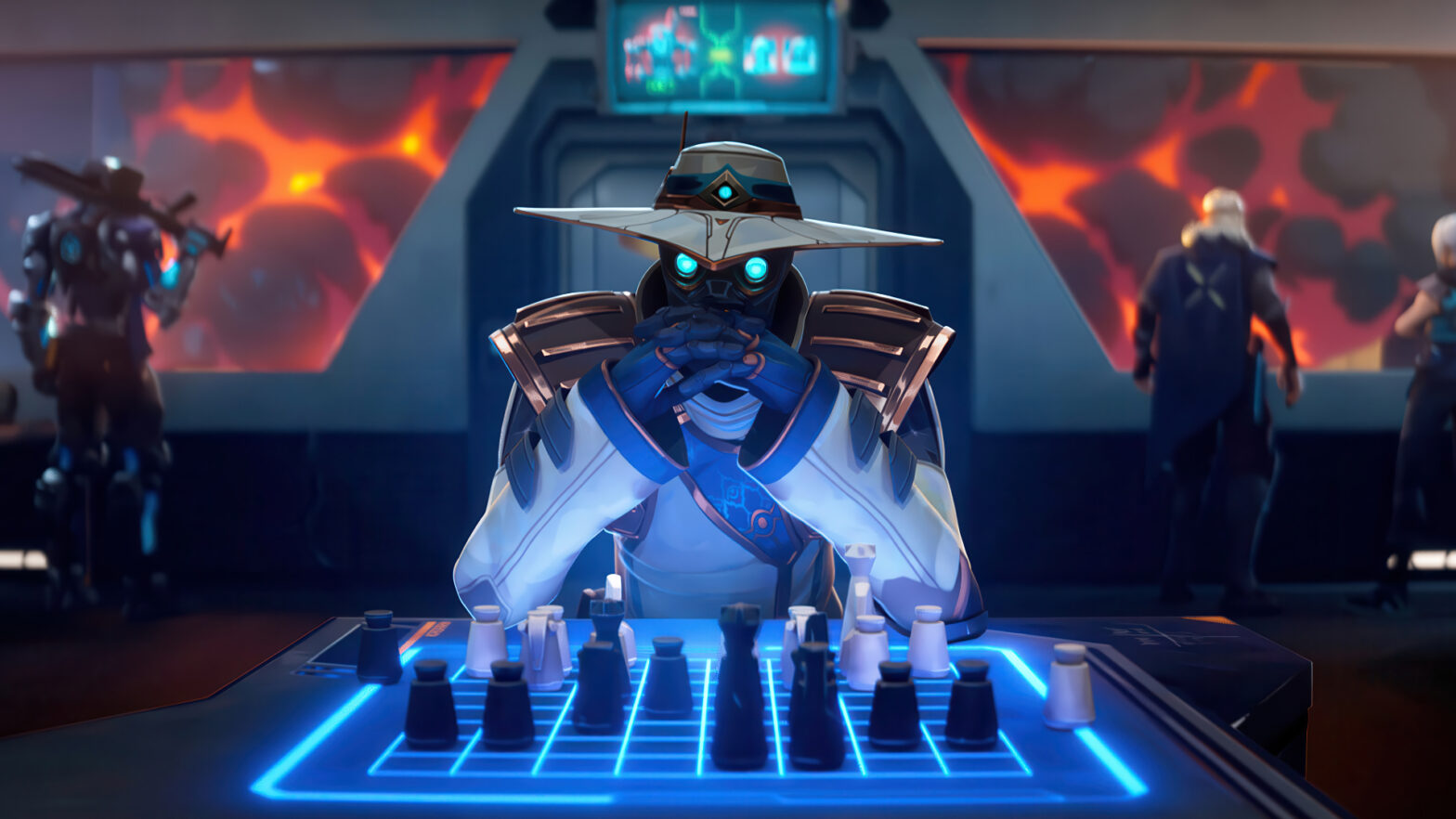
While both events offered a prize pool of one million dollars, the real prize was attention. With Grand Finals scheduled on the same day, the entire community turned this moment into an unofficial battleground. When the numbers finally dropped, CS2 proved it still wears the crown. The Austin Major peaked at 1.8 million viewers, setting a new record in the franchise's history. It became the most-watched CS2 tournament of all time, raking in over 76 million watch hours across a jam-packed schedule.
By comparison, VALORANT’s Masters Toronto peaked at 1.1 million, trailing behind both Austin and its own Bangkok edition earlier in the year. Despite Riot Games’ tight production and storytelling, the viewership curve has dipped over time, showing signs that the VALORANT ecosystem may be grappling with fatigue or over-structuring. With only 12 participating teams, fewer matchups, and a shorter runtime, the Toronto event couldn’t match the scale or hype of its older counterpart.
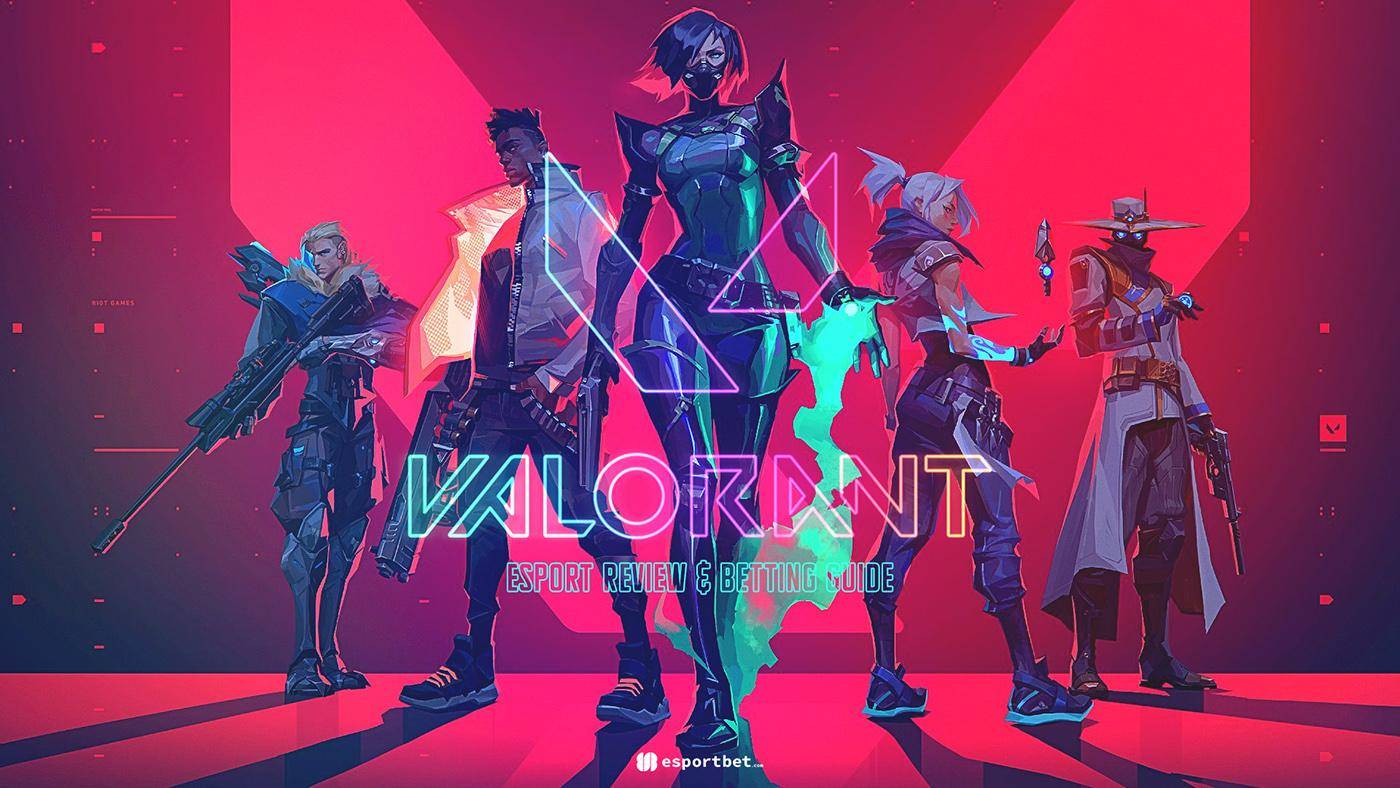
What makes the comparison even more intriguing is how the two games have chosen to grow. Valve has stuck to its roots with CS2 by maintaining an open and diverse competitive ecosystem. Independent tournament organizers continue to shape its landscape, creating room for upsets, new heroes, and community-driven momentum. Riot Games, on the other hand, runs a tightly controlled ship with its franchised VALORANT Champions Tour. While the structured regional splits and international Masters events offer stability, they also slow down the pacing and reduce the unpredictability that fans often crave.
Yet when it comes to freshness, VALORANT still packs the punch. Riot’s regular agent and map updates have made sure the meta never settles for too long. In just six months, players got two new agents and four map rotations. This fluidity keeps pro play dynamic and makes every match feel like a new puzzle. Meanwhile, CS2 has remained conservative. Valve’s map pool tweaks are few and far between, and the lack of meta shifts means strategies evolve slowly. But somehow, this old-school approach continues to work. Fans keep tuning in. Numbers keep growing.
Prize money tells another story. CS2 has already delivered three events with prize pools exceeding a million dollars in the first half of the year alone. VALORANT, though preparing for its largest $2.25 million Champions event in September, has only recently begun to match those stakes. Until that finale plays out, CS2 holds the financial high ground. Even revenue-sharing systems from both games add fuel to the fire, with Valve’s capsule sales continuing to generate massive returns for teams and Riot’s VCT skin programs slowly catching up in impact.
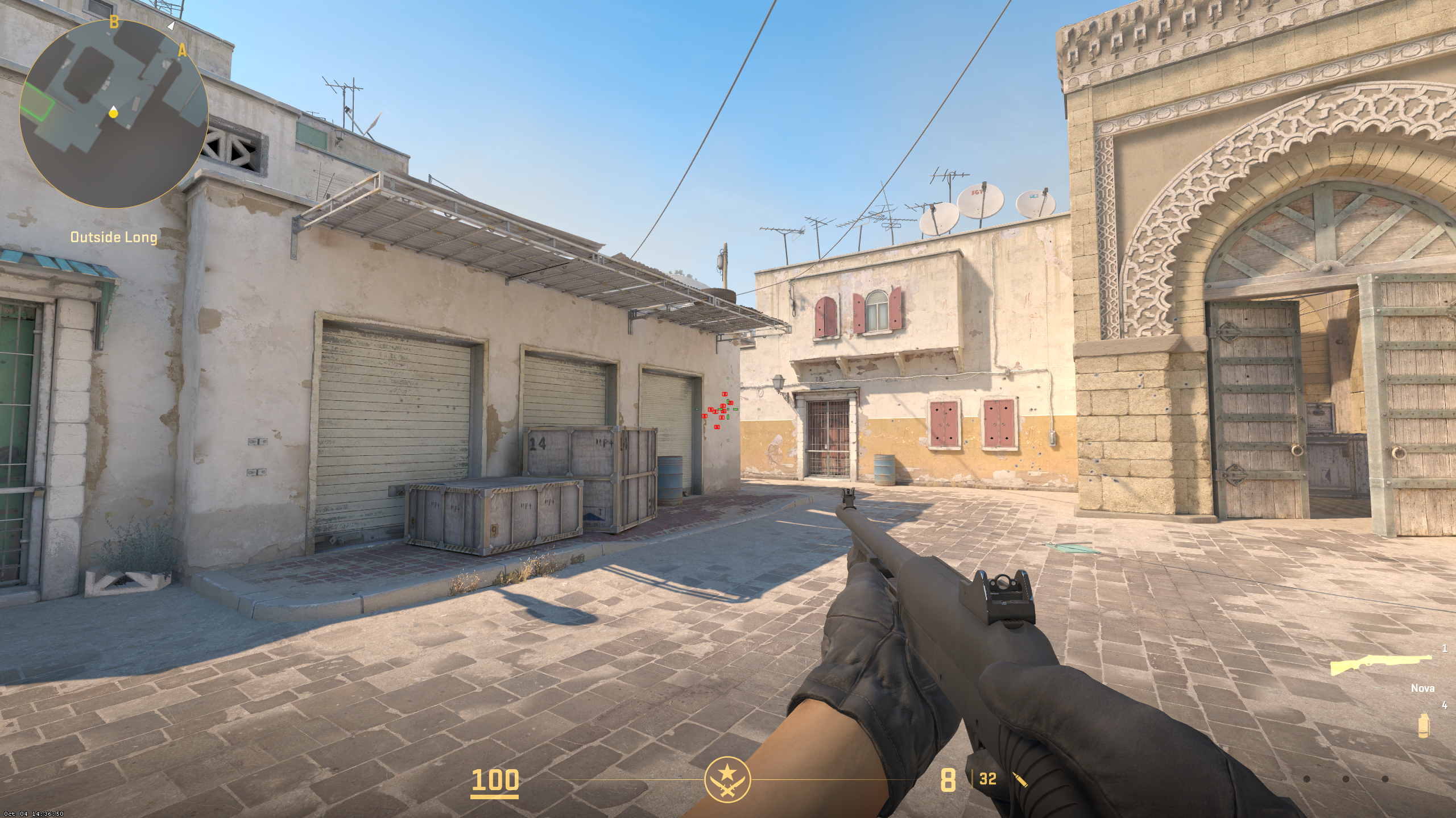
There is also a content tempo divide. Riot’s hands-on approach introduces innovation and excitement at a steady rate. Agents like Tejo and Waylay, released earlier this year, drastically impacted pro meta until balanced by subsequent patches. CS2, meanwhile, bets on legacy appeal and player creativity. Despite fewer gameplay changes, it has managed to remain dominant by leaning into its community and letting the hype build organically.
So who is ahead in 2025? Right now, the crown belongs to CS2. With its enormous audience, historical momentum, and consistent delivery of major events, Valve’s title has proven that tradition can still triumph. But the battle is not over. The year’s biggest twist might come in September, when VALORANT Champions aims to break viewership records and shake the global rankings.
Whether you are a die-hard VALORANT agent or a loyal CS2 veteran, one thing is clear. This rivalry is far from settled.
For the latest updates, leaks, and match breakdowns from the esports frontline, follow Gaming Moves on Instagram and Facebook.

